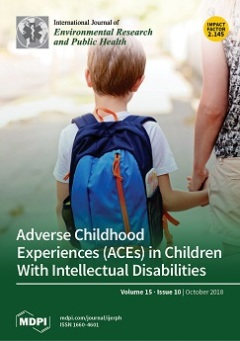1
Department of Sports and Exercise Medicine, Oulu Deaconess Institute, P.O. Box 365, 90100 Oulu, Finland
2
Center for Life Course Health Research, Faculty of Medicine, University of Oulu, P.O. Box 5000, 90014 Oulu, Finland
3
The Geography Research Unit, Faculty of Science, University of Oulu, P.O. Box 3000, 90014 Oulu, Finland
4
Medical Research Center, Oulu University Hospital and University of Oulu, P.O. Box 5000, 90014 Oulu, Finland
5
Research Unit of Medical Imaging, Physics, and Technology, Faculty of Medicine, University of Oulu, P.O. Box 5000, 90014 Oulu, Finland
6
Center for Environmental and Respiratory Health Research, University of Oulu, P.O. Box 5000, 90014 Oulu, Finland
7
Department of Psychiatry, Kuopio University Hospital (KUH), P.O. BOX 100, 70029 Kuopio, Finland
8
Department of Psychiatry, Lapland Hospital District, P.O. BOX 8041, 96101 Rovaniemi, Finland
9
Department of Psychiatry, Institute of Clinical Medicine, University of Eastern Finland, P.O. BOX 1627, 70211 Kuopio, Finland
Abstract
Background: In general, nature relatedness is positively associated with physical activity, health, and subjective well-being. However, increased residence in urban areas, and the decrease in natural spaces, may affect the younger generation most adversely. The associated environmental changes can increase youths’ risk
[...] Read more.
Background: In general, nature relatedness is positively associated with physical activity, health, and subjective well-being. However, increased residence in urban areas, and the decrease in natural spaces, may affect the younger generation most adversely. The associated environmental changes can increase youths’ risk of spending most of their time indoors, and weaken their nature relatedness, making them less likely to enjoy nature’s health benefits. This is a serious public health issue, since inadequate physical activity, combined with minimum time spent in green space, can affect health across the whole lifespan. Thus, to develop effective interventions for physical activation and promote health and well-being among young men, further knowledge of the determinants of their nature relatedness is necessary.
Aims: To explore factors related to nature relatedness, including physical activity, physical activity with parents, and residential environment.
Methods: The study population consisted of all 914 young men (mean—17.8 years; SD—0.5) who participated in mandatory call-ups for military service and completed the study questionnaire in 2013. The questionnaire inquired about their nature relatedness, demographic characteristics, socioeconomic status, physical activity, health, and subjective well-being. A geographic information system (GIS) was used to assess the features of their residential environments. Multivariable linear regression was used to analyze the data.
Results: Physical activity (
p = 0.021) and physical activity with parents at primary school age (
p = 0.007), and currently (
p = 0.001) as well as good self-rated health (
p = 0.001), and father’s higher socioeconomic status (
p = 0.041), were positively connected to nature relatedness.
Conclusions: Physical activity in general, physical activity with parents, and nature relatedness were positively related. This knowledge can be utilized in promoting physical activity and health among young men.
Full article





